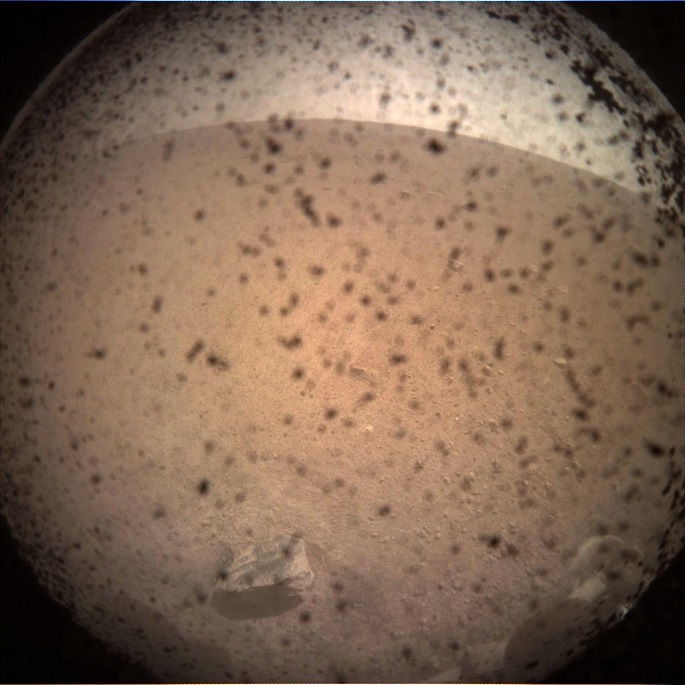NASA turns a Mars sniffer into data-relay satellite for rovers
Published : 11 Feb 2019, 21:35
Updated : 11 Feb 2019, 21:37
NASA announced Monday that its atmosphere sniffer orbiting Mars would get closer to the red planet Monday to become a data-relay satellite for the U.S. space agency's Mars 2020 rover to be launched next year.
The operation will reduce the highest point of the spacecraft's elliptical orbit from 6,200 to 4,500 kilometers above the surface, according to NASA's Goddard Space Flight Center.
Over the next few months, NASA engineers will take advantage of the drag of the Mars' upper atmosphere to slow the spacecraft down gradually, orbit by orbit.
The orbit of the four-year-old spacecraft called Mars Atmosphere and Volatile Evolution (MAVEN) orbit will not be drastically shorter than its present orbit, but even this small change will significantly improve its communications capabilities.
"It's like using your cell phone," said Bruce Jakosky, MAVEN principal investigator from the University of Colorado, Boulder. "The closer you are to a cell tower, the stronger your signal."
Also, coming in about 1,500 kilometers closer will allow the orbiter to circle Mars more frequently: 6.8 orbits per Earth day compared with 5.3 previously, thus communicating with the Mars rovers more frequently.
At unoccupied time, MAVEN will continue to study the structure and composition of the upper atmosphere of Mars.
"The MAVEN spacecraft has done a phenomenal job teaching us how Mars lost its atmosphere and providing other important scientific insights on the evolution of the Martian climate," said Jim Watzin, director of NASA's Mars Exploration Program.
The MAVEN has completed its two-year mission in space, but its fuel allows it to last through 2030, according to NASA.
The orbiter carries an ultra high-frequency radio that allows it to relay data between Earth and rovers or landers on Mars, including the Curiosity rover.
NASA engineers will begin carefully lowering the lowest part of the spacecraft's orbit into the Martian upper atmosphere over the next few days by firing its thrusters.
The spacecraft will circle Mars at this lower altitude about 360 times over the next 2.5 months, slowing down slightly with each pass through the atmosphere, according to NASA.


